
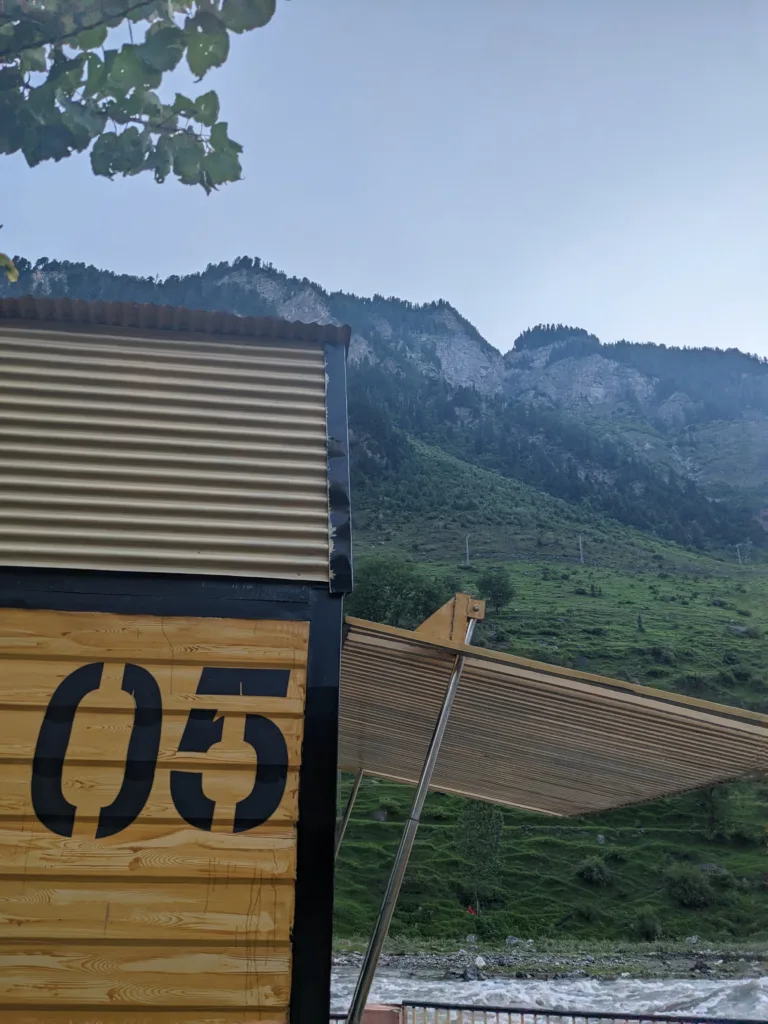
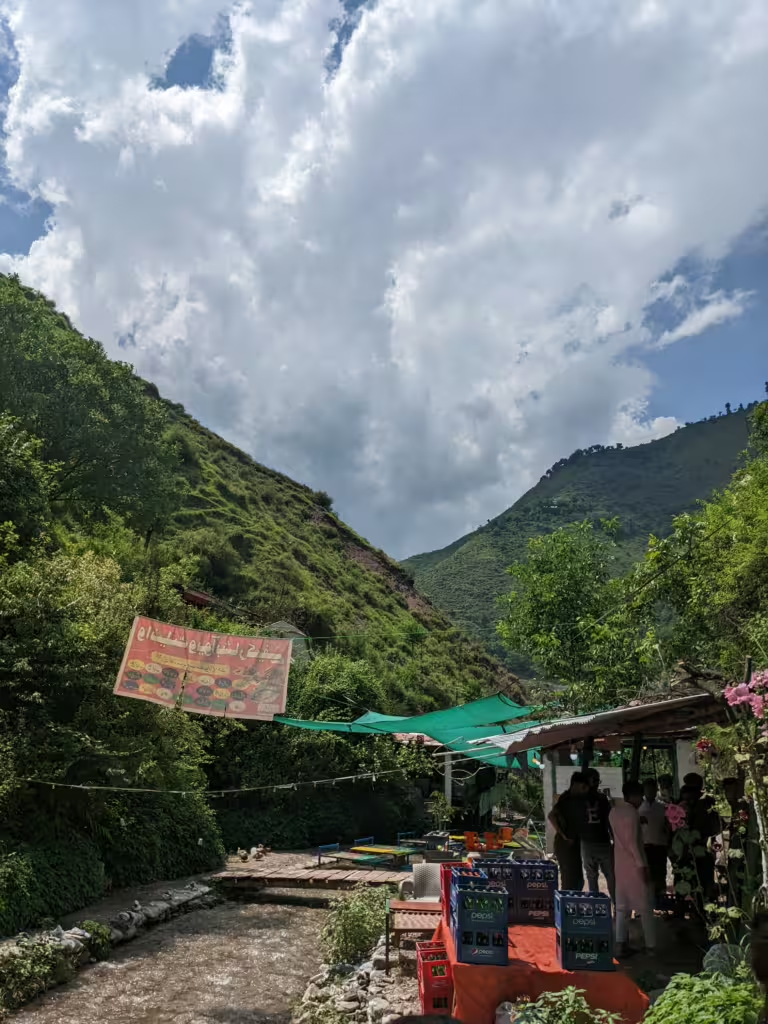
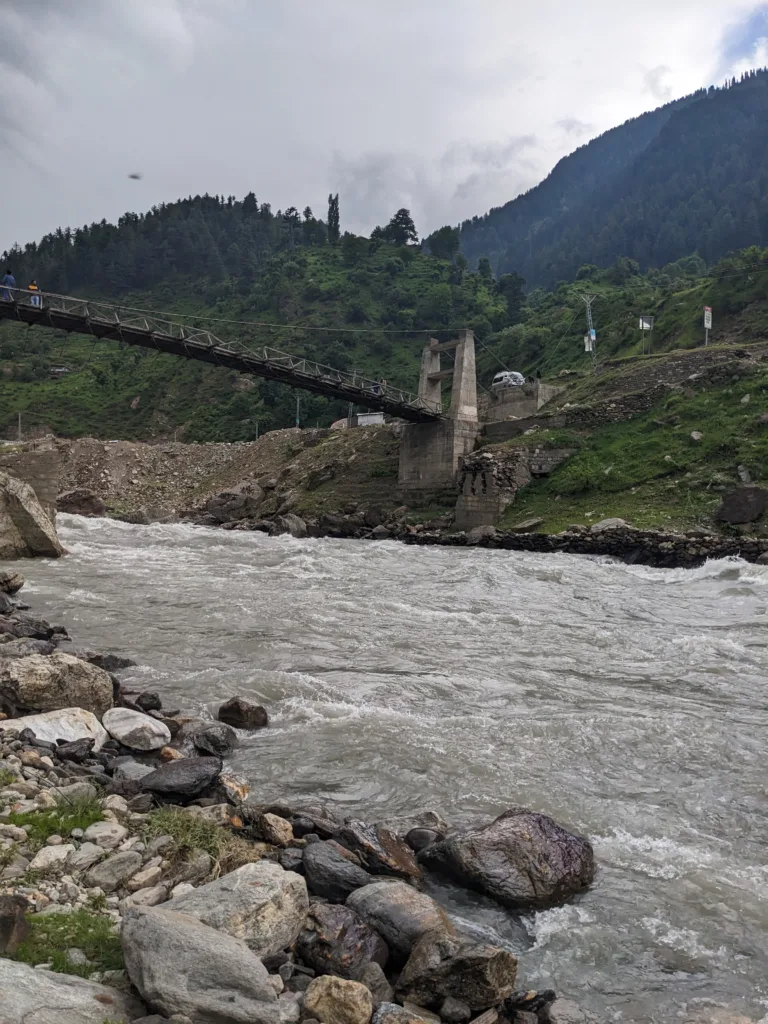
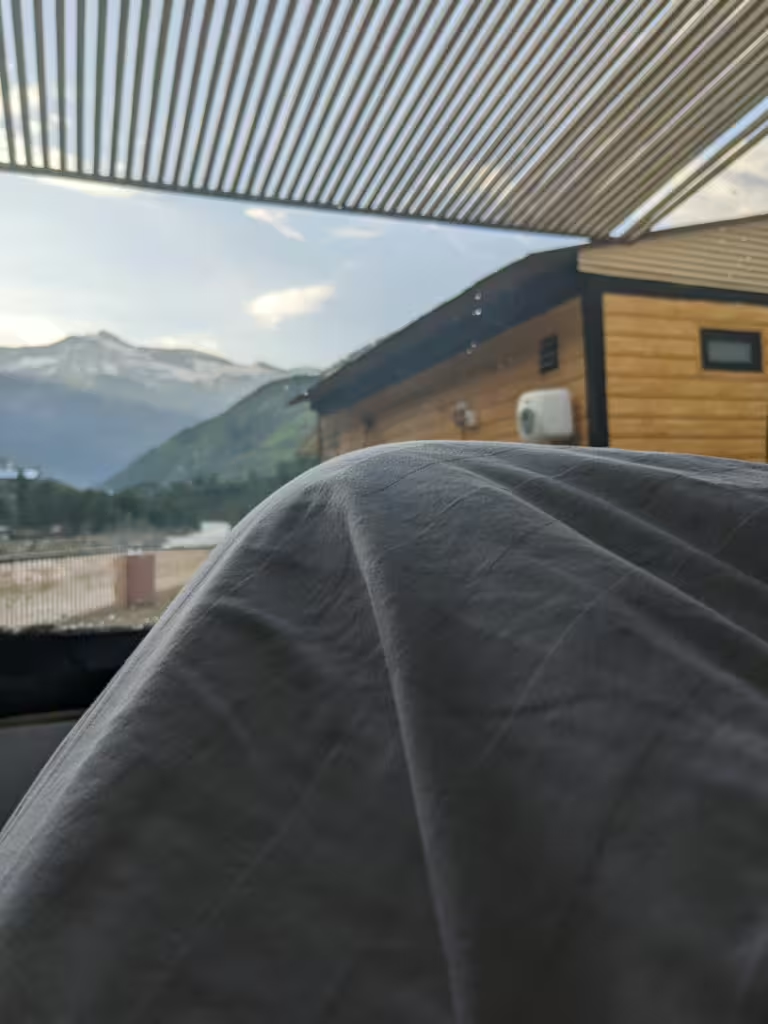

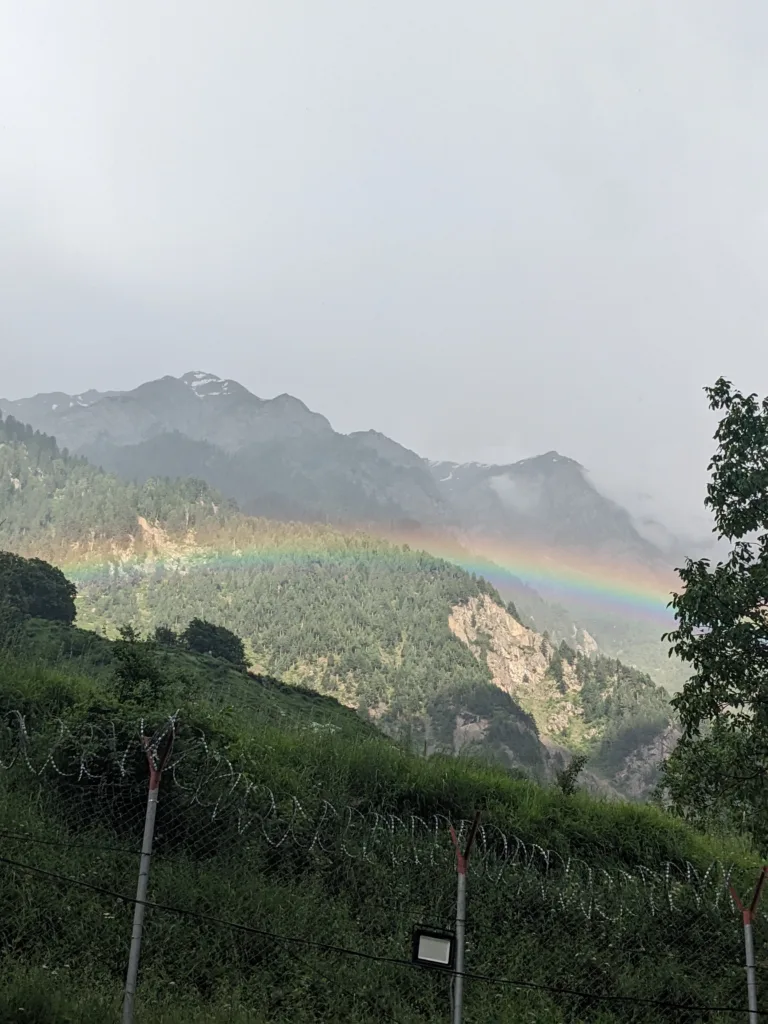

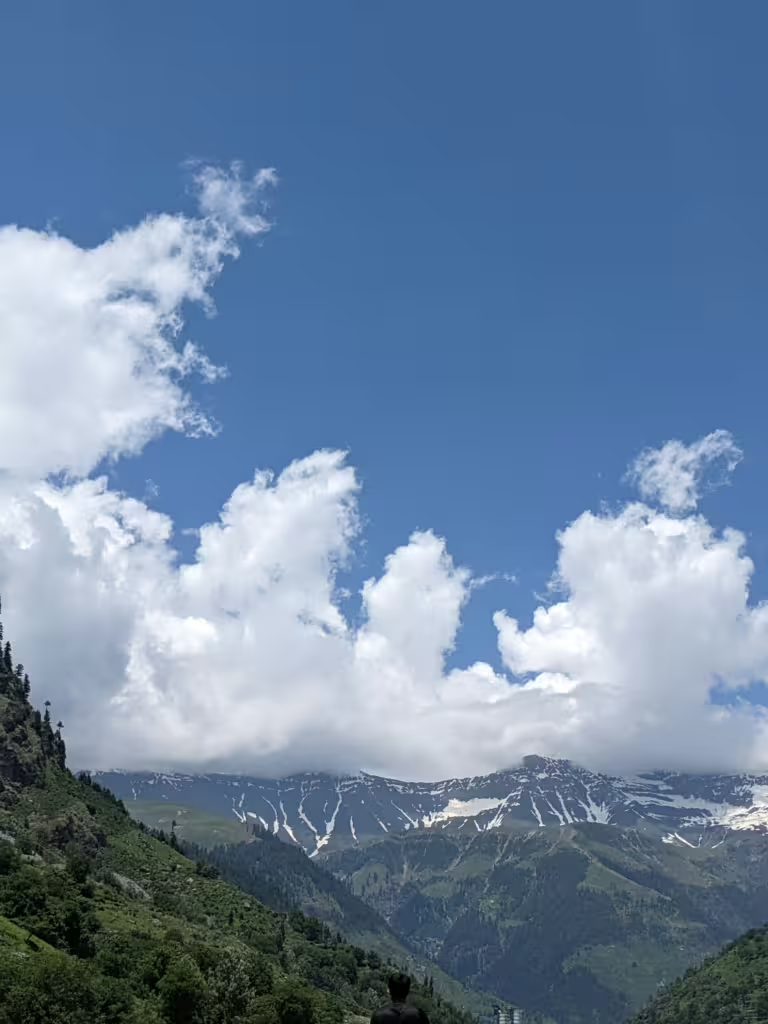
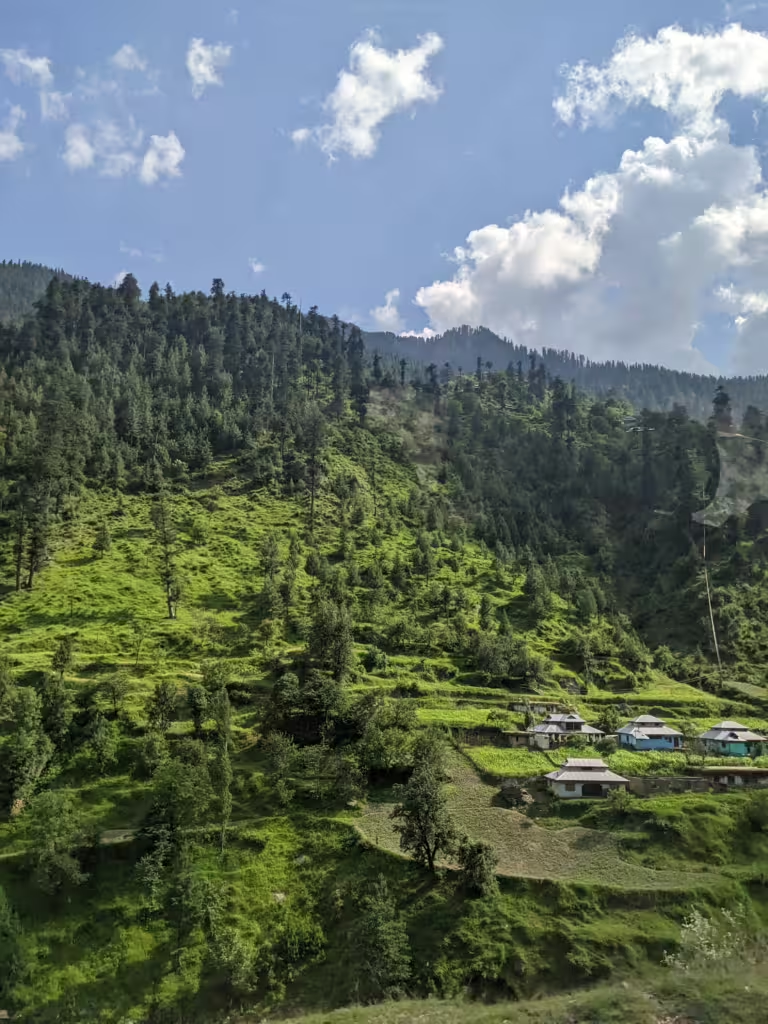
June 2023 – Kaghan Valley
Welcome to my home on the web, running on a small laptop in my living room.
This site is a work in progress.










June 2023 – Kaghan Valley
Bookmarked Animal Resistance in the Global Capitalist Era by .
“The site was the I-11 katchi abadi, one of Islamabad’s largest and oldest informal squatter settlements, which had been earmarked for demolition by the capital’s bureaucratic managers in the CDA, as part of a wider ‘anti-encroachment’ drive targeting other residential settlements and roadside vending stalls.
15,000 residents of I-11 abadi were given one week’s notice to vacate their homes of decades, following which they were besieged militarily for days. Eventually, their homes were forcibly demolished and dozens of residents were arrested under the Anti-Terrorist Act for their attempts to resist.”
They razed our homes — Hassan Turi on the demolition of katchi abadis in I-11 Islamabad in 2015
Accumulation by dispossession is a concept presented by the Marxist geographer David Harvey. It defines neoliberal capitalist policies that result in a centralization of wealth and power in the hands of a few by dispossessing the public and private entities of their wealth or land.
Wikipedia
Katchi abadis are home to nearly 50% of Pakistan’s population.
| Urban indicators | 1996 | 2006 | 2013 |
|---|---|---|---|
| Percentage of urban population living in slums | 24 | 30 | 50 |
| Percentage of urban population with access to adequate housing | 50 | 60 | 60 |
| Percentage of people residing in urban areas with access to improved drinking water | 85 | – | 91 |
| Percentage people residing in urban areas with access to adequate sanitation | 60 | 65 | 72 |
| Percentage people residing in urban areas with access to regular waste collection | 30 | 50 | 5 |
“The political economy of war and ‘counterterrorism’ — the vast majority of the abadi’s residents were Pashtuns who out-migrated from war-weary north-west Pak–Afghan border zones into cities like Islamabad, Lahore and Karachi over the past three to four decades.
Military personnel, civil administrators, mainstream politicians and the corporate media regularly invoke threats to the ‘development’ of Pakistan’s cities from this growing underclass.
As the demand for real estate, malls and roads on the part of the city’s upwardly mobile segments grows, the latter buy into tropes of ‘security’ and ‘rule of law’ peddled in statist and dominant media narratives.
In short, a distinctly urbane, middle-class aspiration to partake of more ‘development’ translates into support for military-style operations to cleanse the city of undesirable elements
“The dialectical other of the military’s real estate adventures in the 80s was the massive influx of refugees from both Afghanistan and the Pakistan side of the Pak–Afghan border into cities like Karachi and Quetta, as well as Islamabad. Later characterised by the epithet ‘internally displaced persons’ (IDPs), this perpetually dispossessed mass would settle on city outskirts in what were effectively refugee camps, slowly but surely building shanty homes whilst generating precarious incomes, mostly in the service sector. I-11 katchi abadi was one such settlement.
“In contrast to propertied classes, the toiling classes do not enjoy security of tenure, the threat of coercion against their ‘illegal’ occupation of notionally ‘public’ land hanging like the proverbial sword of Damocles over their heads.
At particular conjunctures, this threat materialises into reality, dispossession and development hence forming dialectical parts of a contradictory social totality, the systemic and systematic processes inherent to capitalist accumulation playing out dramatically for all the world to see.”
“In the aftermath of the I-11 abadi demolition, the Pashtun evictees suffered the ignominy of being denied rental accommodations in the wider Islamabad-Rawalpindi metropolitan area following a widespread propaganda campaign led by the CDA and ICT administration to warn landlords against taking on Pashtuns as tenants.”
“We made these homes through hard toil, working day and night to supply Islamabad’s elite with basic needs. This city cannot function without our labour, rich people’s homes and offices cannot survive. But they don’t care. The only thing they care about is the land. Who cares about working people like us?”
Bookmarked What Twitter Does to Our Sense of Time by .
First attempt at making sounds in Bitwig Studio
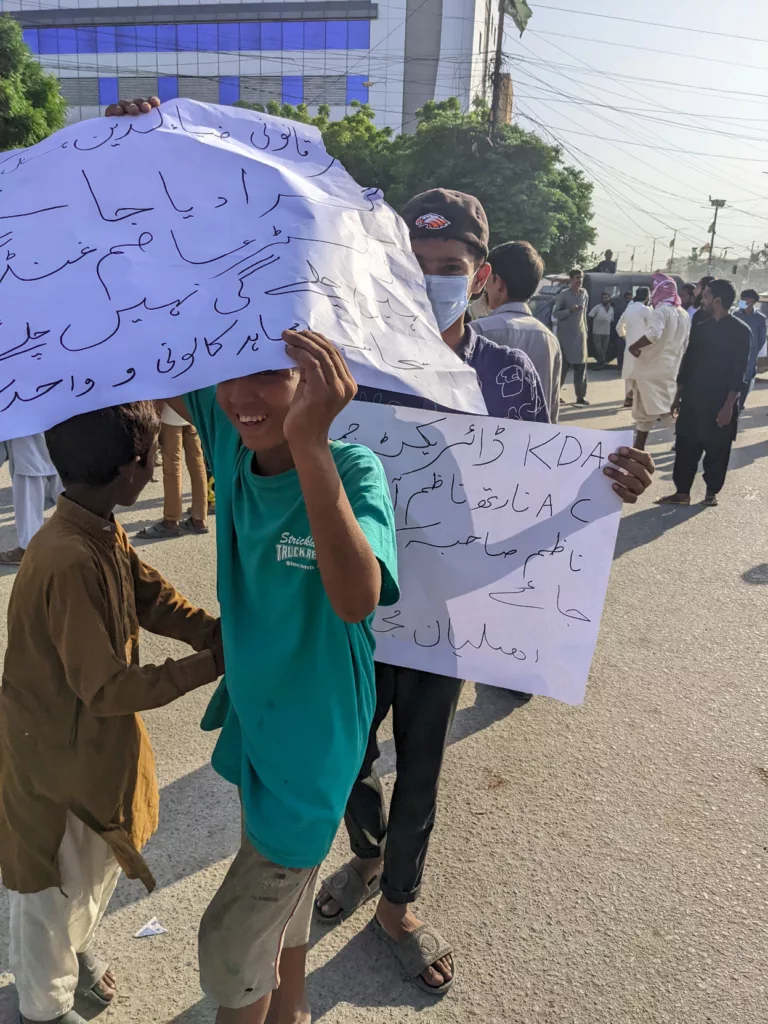
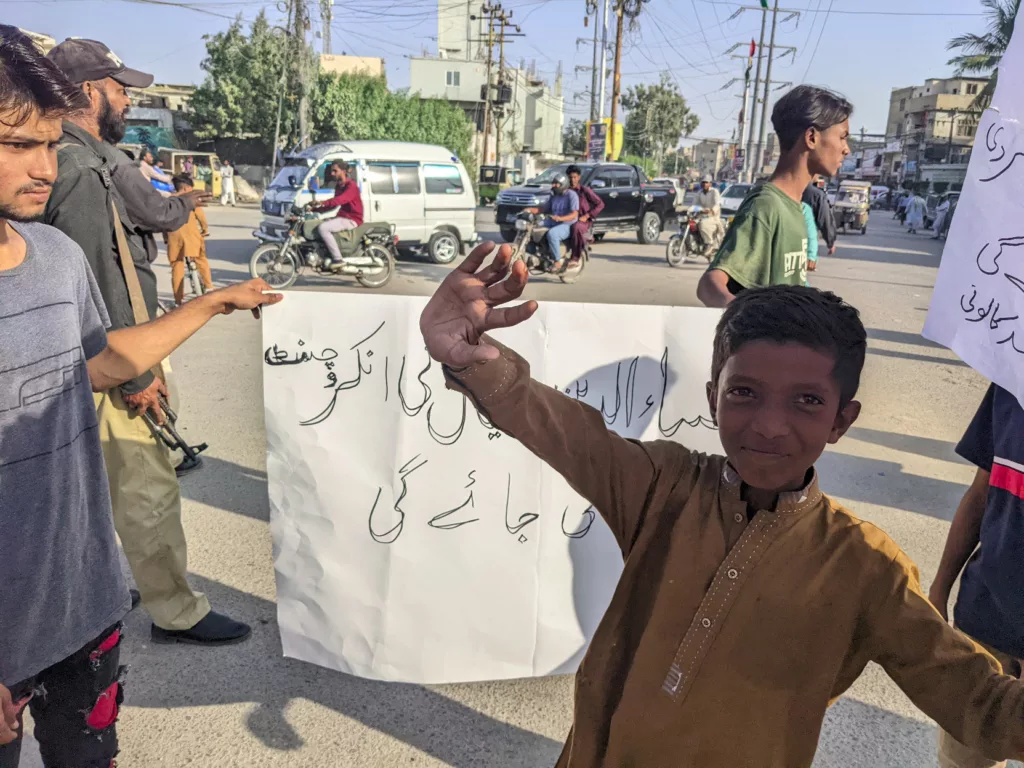

Me and a comrade were distributing pamphlets for a survey by Karachi Bachao Tehreek when we saw a protest across the street. Turned out it was by the residents of Mujahid Colony where demolitions had just begun that week.
When I ran up to take pictures and document the protest, these kids started clowning me and running away with their placards 🥲
I’m at Gujjar Nala in Liaqatabad. This entire area is treacherous to walk. There are no barriers along the entire length of the nala. I have to take care not slip myself.
Kids live here. This is their backyard. People walk here. Injuries and deaths are waiting to happen.
The nala is now right at the doorstep of people’s homes. It has tripled in size since I’ve last been here. The road that the govt has planned is yet to be built.
This will require a fresh wave of demolitions. Thousands of homes which are not accounted for in the compensation process.
While we were doing door-to-door surveys, I asked some residents about these giant pipes that were snaking through the narrow walking path alongside the nala. The residents told me that they were installed by armed forces (or their contractors) to siphon water from the water hydrants in the nullah, allegedly to sell for profit.
Reading Past the Tipping Point: Why Pakistan’s Low Emitter Argument Won’t Work.
An increase in global temperatures from 1.5°C to 2°C has been estimated to cost upwards of 150 million lives, mostly in Asian and African countries as a result of air pollution linked to GHG emissions. That’s more than four times the death toll of the First and Second World Wars combined.
While Pakistan is responsible for adapting to climate change – a pledge made by the Federation when it ratified the Paris Agreement – the implementation of adaptation initiatives such as flood protection, irrigation efficiency, the provision of clean drinking water are all areas where Provincial administration plays the dominant role. To date, there is no formal mechanism in place to coordinate the execution of international agreements between federal and provincial mandates.
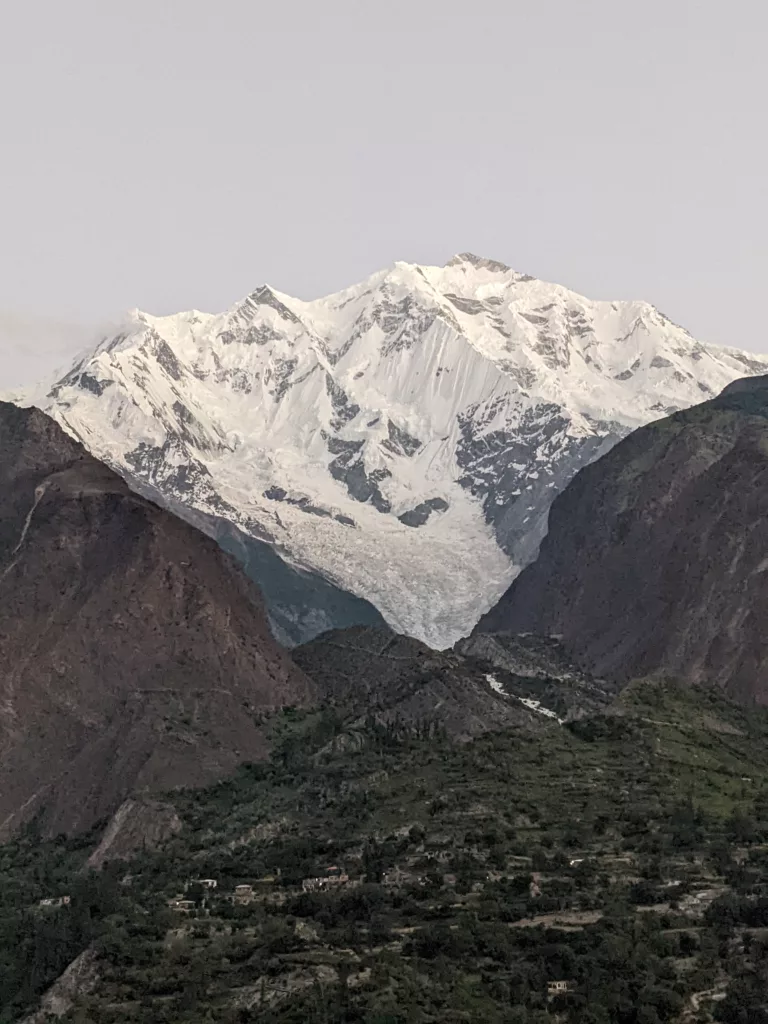
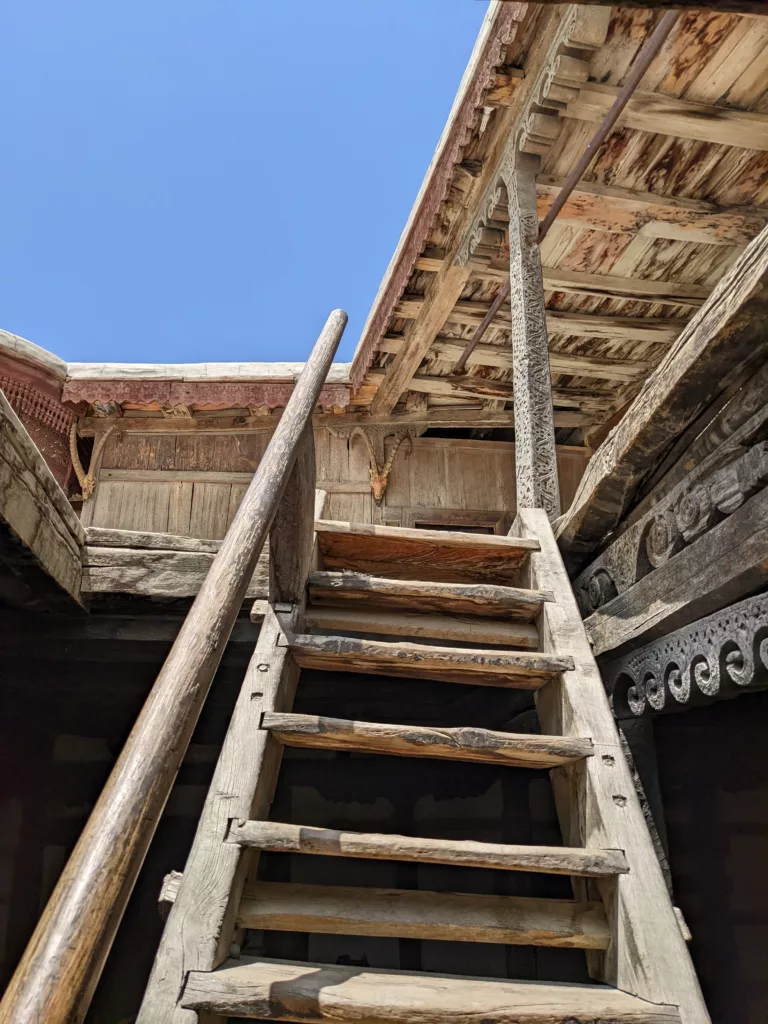
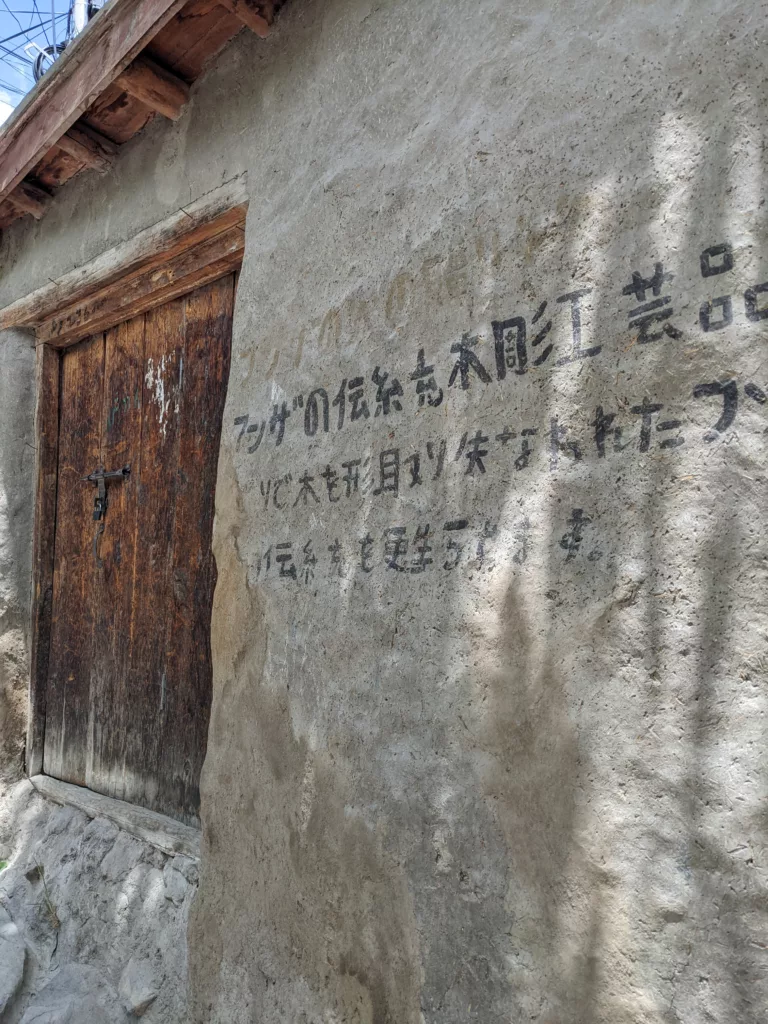
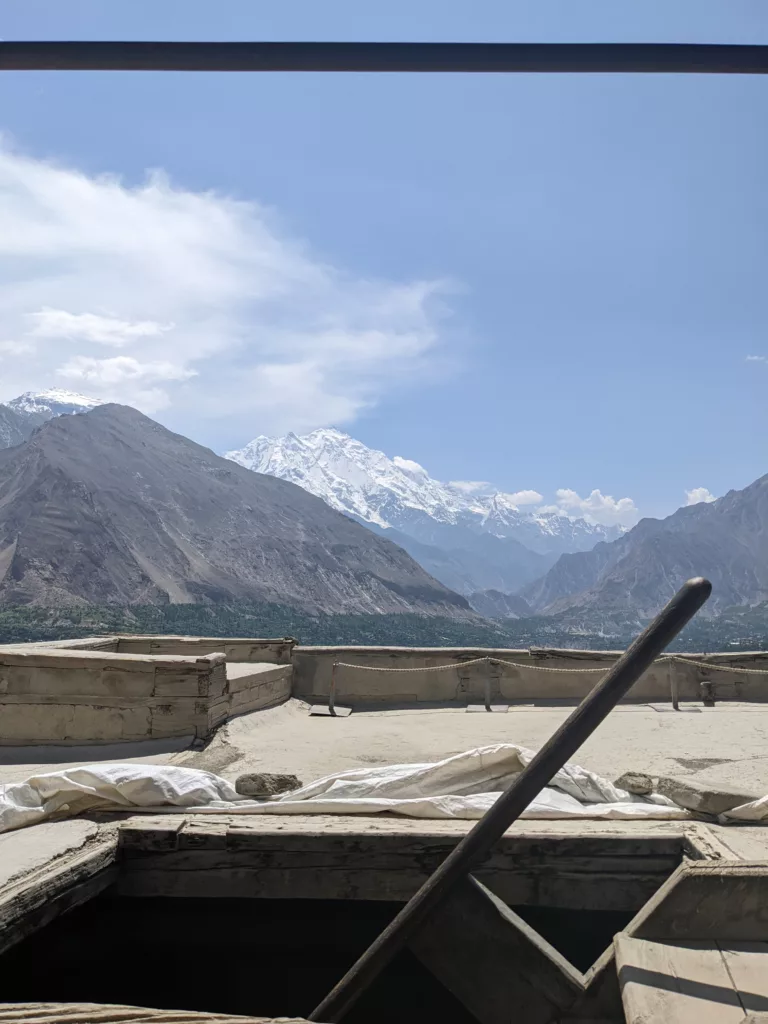

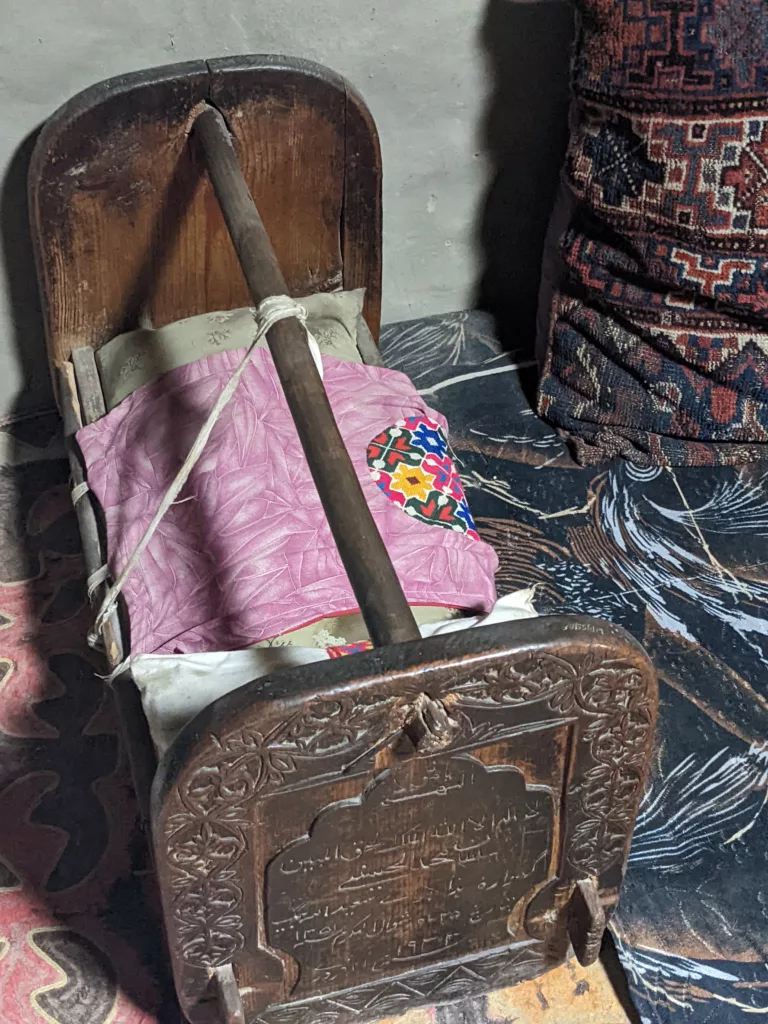
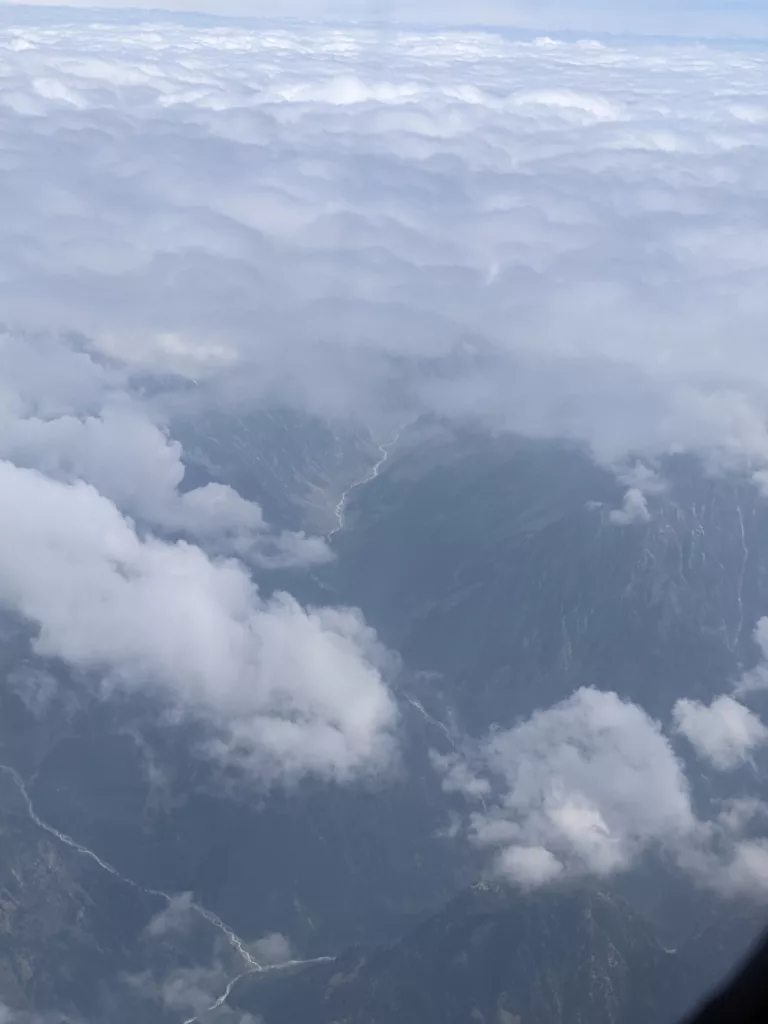

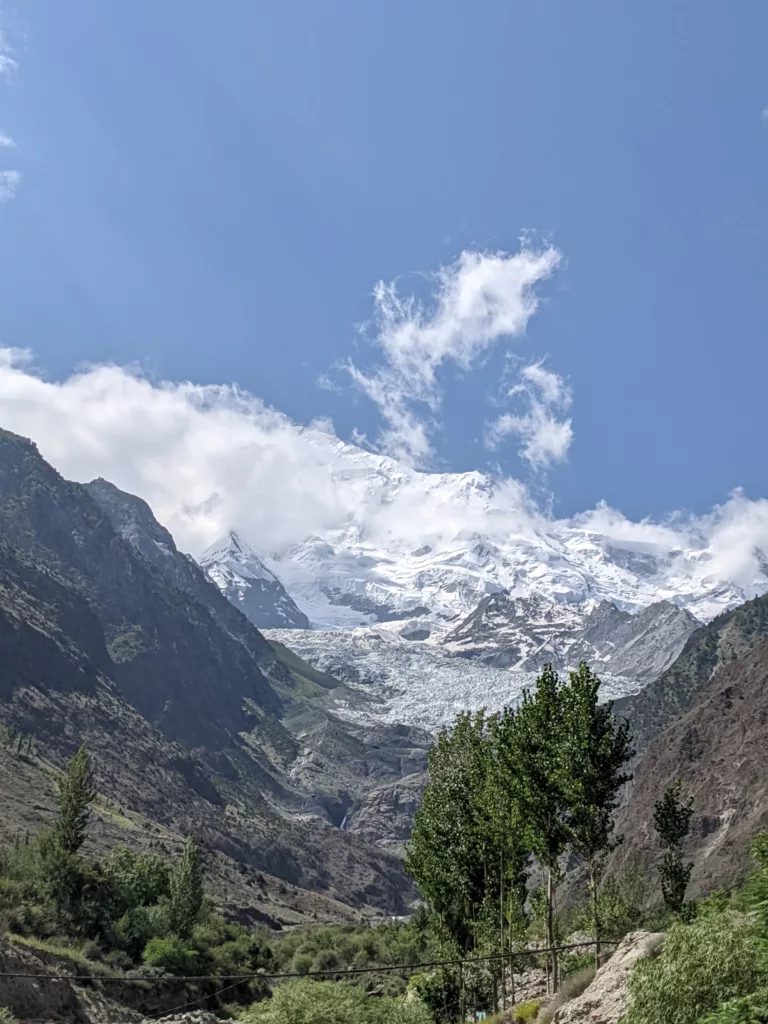
June 2022 – Hunza, Gilgit-Baltistan